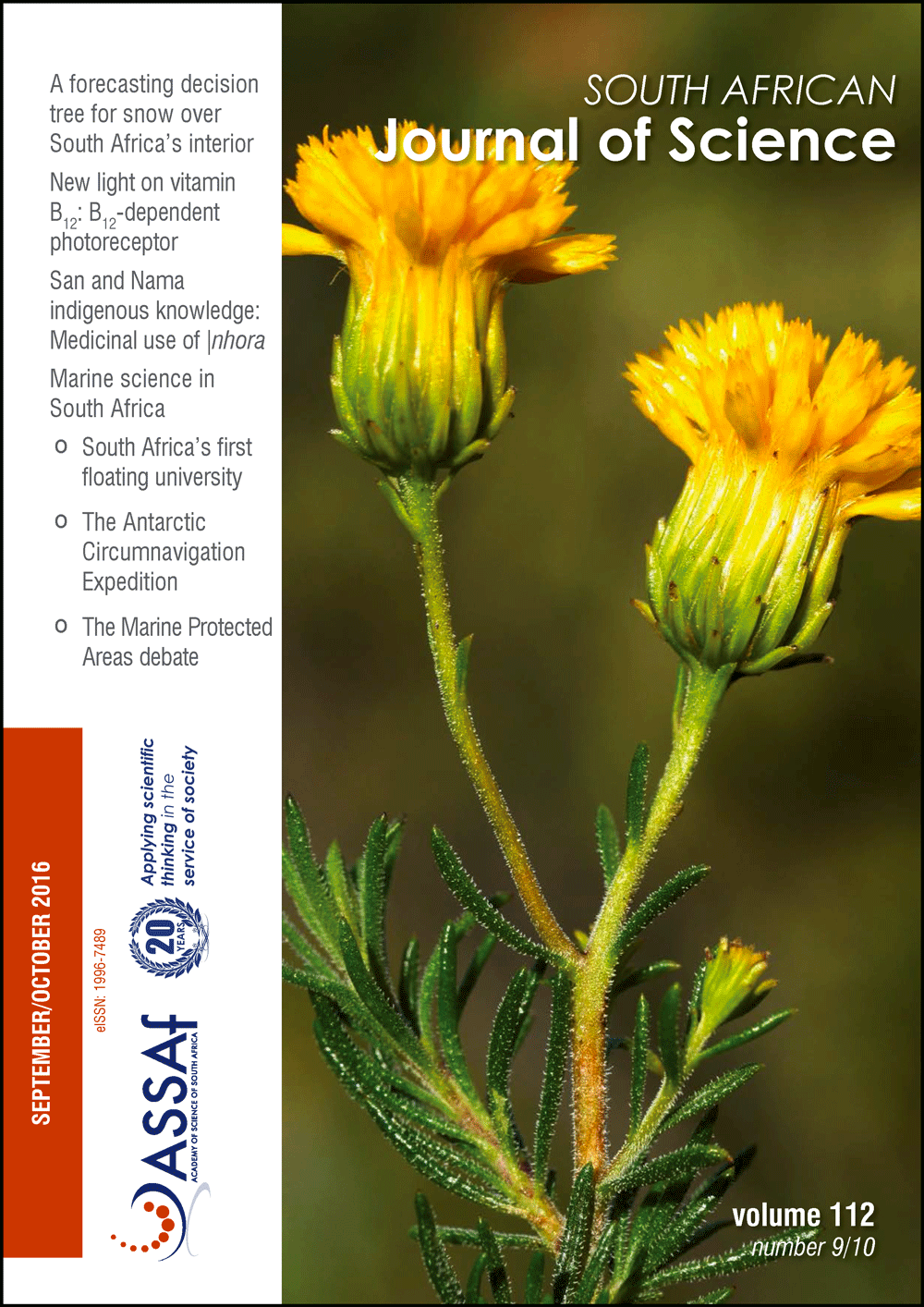Do African microfinance institutions need efficiency for financial stability and social outreach?
DOI:
https://doi.org/10.17159/sajs.2016/20150474Keywords:
metafrontier, data envelopment analysis, productivity, world frontier technologyAbstract
Microfinance institutions (MFIs) have the dual objective of providing social welfare and financial stability. We evaluated the financial efficiency of MFIs in sub-Saharan African countries by comparing their regional performances during the period 2004–2013. We addressed prevailing MFI heterogeneity by using the concept of ‘metafrontier’. The results showed that on an average, more than half the MFIs showed a drop in productivity. The measure of how much one country gets closer to or further away from world frontier technology is commonly known as the TGC score. In world frontier technology, East and South Asian countries have taken the lead (TGC score 1.0048) while sub-Saharan African countries lag behind (TGC score 1.0020). Most East and South Asian countries have a TGC score of 1, and most sub-Saharan African countries have a TGC score less than 1. This signifies that Asian countries lead world frontier technology and most African countries do not. The decomposition of efficiency scores showed that with regard to technical changes, African nations had progressed on average only 0.01%, and efficiency change scores had regressed by 0.59% annually.
Significance:- First efficiency study on microfinance institutions and their heterogeneity in Africa.
- The results show robust discrimination among the efficiency scores.
Published
Issue
Section
License

All articles are published under a Creative Commons Attribution 4.0 International Licence
Copyright is retained by the authors. Readers are welcome to reproduce, share and adapt the content without permission provided the source is attributed.
Disclaimer: The publisher and editors accept no responsibility for statements made by the authors
How to Cite
- Abstract 638
- PDF 782
- EPUB 232
- XML 242












.png)